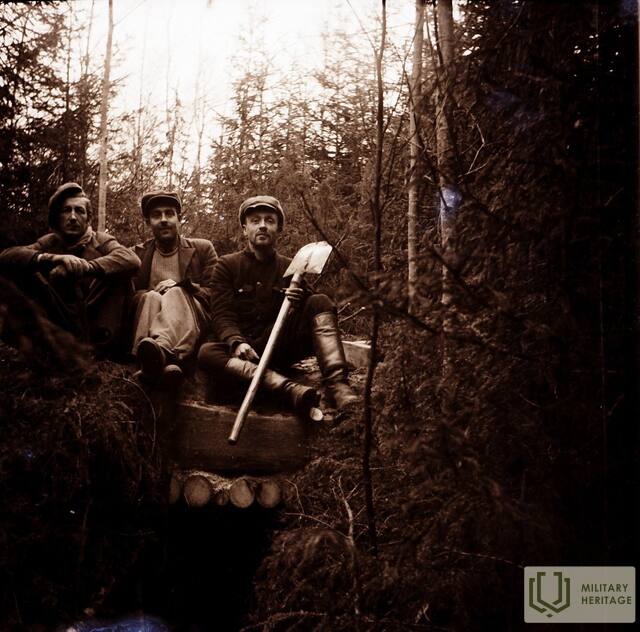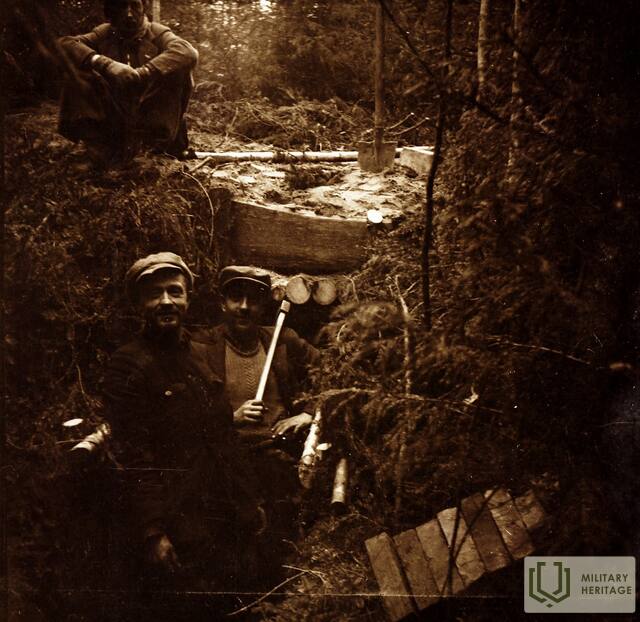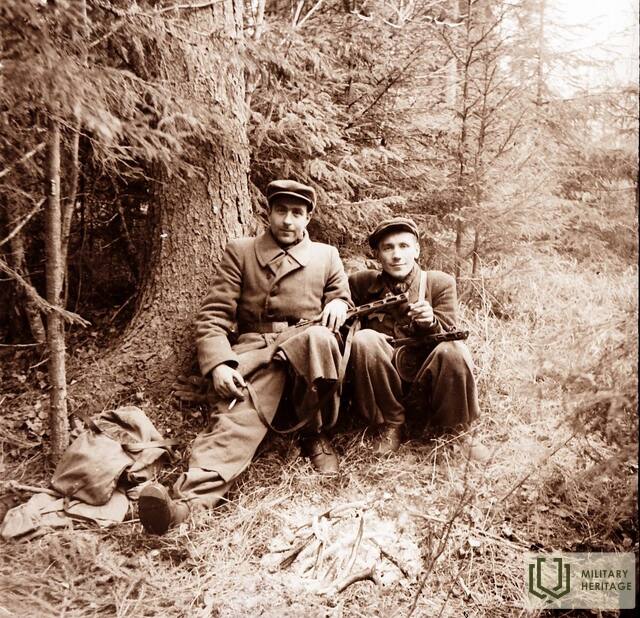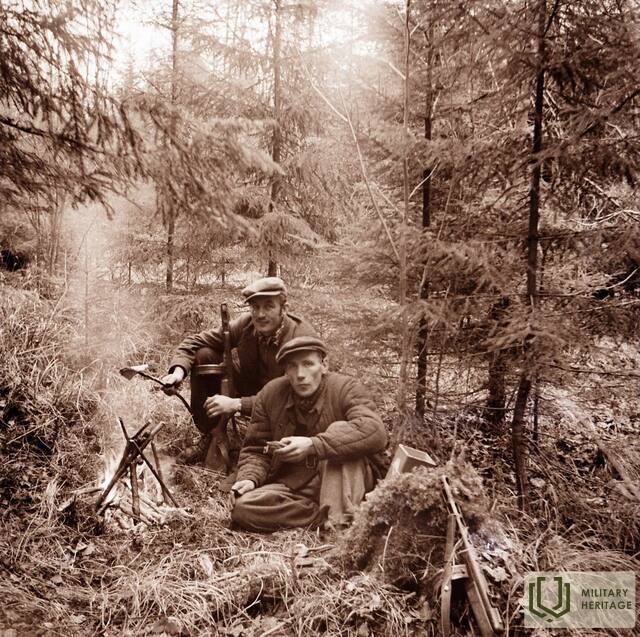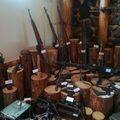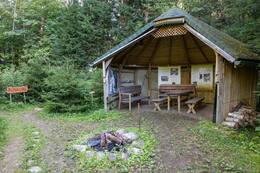Apie paskutinę Vidžemės partizanų grupę
Neįtikėtina istorija apie tai, kaip čekistai „pasidavė“ paskutinei Vidžemės partizanų grupei, prašydami išeiti iš miško.
Iki 1956 metų Cesvainės apylinkėse veikė paskutinė Vidžemės partizanų grupė, kuriai vadovavo buvęs lenkų ūkio darbuotojas Stanislavas Zavadskis ("Pansas"). Grupė „Pana“ susikūrė 1946 metais Gulbenės rajono Kārzdabos girioje ir jos pagrindinė sudėtis beveik visus dešimt grupės gyvavimo metų išliko nepakitusi: Pēteris Tirzītis („Senis“), Ivars Grabāns („Berniukas“), Valdis Bebris („Vairuotojas“). Dar 1954 m., kai grupėje liko tik 3 partizanai – „Pans“, „Vecais“ ir „Puika“, ji tęsė kovą, birželį užpuldama ir sužeisdama Cesvainės apygardos KGB viršininką Stepanovą. Negalėdami susidoroti su šia sunkiai įveikiama grupe, čekistai „pasidavė“ praktiškai vienintelį kartą Latvijos nacionalinio partizaninio karo istorijoje. Latvijos TSR KGB viršininkas generolas majoras Jānis Vēversas parašė laišką partizanams, prašydamas liautis kariavęs ir žadėdamas laisvę. Laiško vertimą į latvių kalbą partizanai gavo iš savo rėmėjų, kuriems Stanislavo Zavadskio motina buvo įteikusi kopiją.
Nuotraukoje prie laužo pavaizduoti Stanislavo Zavadskio (Pano) grupės partizanai Valdis Bebris (Vairuotojas) ir Pēteris Tirzītis (Senis). 1949 m. ruduo. Nuotrauka iš Madonos kraštotyros ir dailės muziejaus rinkinio.
Susijusios temos
Susijusios vietos
Rendos nacionalinio pasipriešinimo judėjimo muziejus
Muziejus yra įsikūręs už kelių kilometrų nuo Rendos parapijos centro. Parodoje pasakojama apie 50 metų trukusį pasipriešinimo judėjimą Latvijoje: pasipriešinimą pirmajai sovietų okupacijai, pasipriešinimą nacistinės Vokietijos okupacijai ir ginkluotą bei nesmurtinį pasipriešinimą sovietų okupacijai. Paroda įsikūrusi dviejuose pastatuose. Pirmajame pastate saugomi pirmosios sovietų ir vokiečių okupacijos įrodymai. Parodoje eksponuojamas restauruotas tvarto pastatas, kuriame dėmesys sutelktas į Nacionalinį partizaninį karą. Tarp dviejų pastatų yra autentiško išplanavimo bunkeris ir kareivių naudoti apkasai. Netoli muziejaus Rendoje esantys kasinėjimai, blindažo aikštelė ir kliūčių ruožas tarnauja kaip jaunimo sargybinių ir visų susidomėjusiųjų treniruočių aikštelė. Apsilankymus būtina užsisakyti iš anksto.
Vienas didžiausių nacionalinių partizanų mūšių, vadinamas Āpūzniekų mūšiu, įvyko 1946 m. sausį netoli čia. Mūšyje Kabilės nacionalinis partizanų būrys nugalėjo daug didesnes okupacinės valdžios pajėgas. Mūšio vietoje, kurioje yra informaciniai stendai, dabar įrengta poilsio aikštelė.
Bunker of national partisans – Forest Brothers
The Forest Brothers’ Bunker is located by the Riga-Pskov (A2) highway 76 kilometres from Riga and 11 kilometres from Cēsis. The Latvian national partisans or Forest Brothers were small, armed groups of local residents who fought their independent battles against the occupation regime of the USSR in the territory of Latvia from 1944 to 1956. Forced to hide in the forests, these were people who could not or did not want to live in the Soviet Union. A total of around 20,193 Forest Brothers operated in Latvia. The bunker was formed based on the stories and memories of former Forest Brothers about life in the forests, hiding and fighting for the independent state of Latvia after 1945. The bunker showcases armaments and household items. The personal belongings, weapons and photos of partisans are on display. The guide’s narration is enriched by a video from interviews with Forest Brothers. There is a place for picnic campfires by the bunker. It is possible to pre-order a soup prepared on the fire or enjoy an evening of outdoor cinema by the fire.





